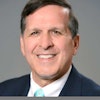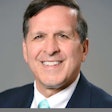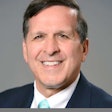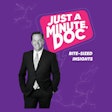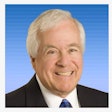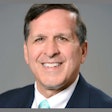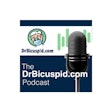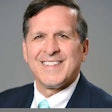For the third quarter of 2025, about half of dentists reported feeling confident in dentistry and their practices, but about two-thirds felt doubtful about the U.S. economy, according to a quarterly report released in October from the ADA Health Policy Institute (HPI).
However, all measures of economic confidence remained down in the third quarter compared to the beginning of 2025, according to HPI.
Dentists reported the No. 1 reason for their skepticism of the economy was tariffs. The other top reasons for their skeptical attitude included too much uncertainty, domestic social and political unrest, the current administration, and wars and/or geopolitical turmoil.
Some of these same reasons were why dentists reported being confident in the U.S. economy. Dentists reported they were optimistic for the following reasons:
- The current administration
- A stable and improving economy
- Faith in economic resiliency
- Current trade, tariffs, and tax policies
- No reason and/or generally optimistic
Those dentists more concerned than confident about the dental sector reported the top reason as low insurance reimbursement. Other reasons included the state of the overall economy, patients’ inability to pay for dental services, a lack of oral health prioritization, and policies and legislation, according to the report.
About this situation, dentists have said, “Federal cuts to social welfare programs may impact my business as well as increase unemployment. In addition, I am paying more for supplies.”
Additionally, some said, “Patients are losing jobs and insurances, costs for basic needs are increasing, and dentistry will not be a priority.”
But clinicians who reported being optimistic about dentistry said, “Boomer dentists will be retiring and difficult to replace, as new dentists don’t have as much interest in owning practices. This should result in practice owners seeing an increase in patients.”
On a positive note, consumer spending is up 4% since the beginning of 2025, and it’s up 10% since the pandemic. Unfortunately, those small gains are absorbed easily within practice.
Also, busyness levels at practices are dropping. But appointment wait times for new patients are the lowest they have been in more than two years, according to the report.




